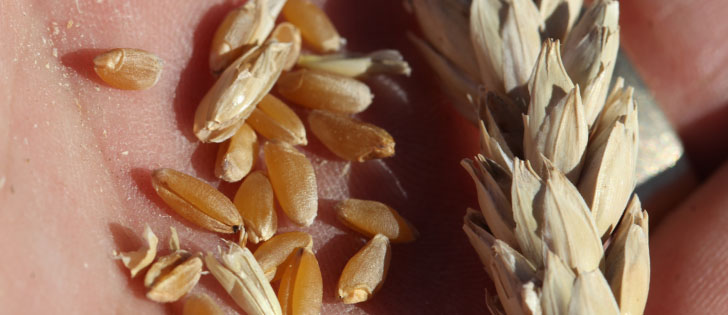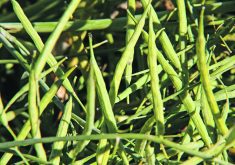Environment Canada’s weather radar station near Bethune, Sask., is operating again after weeks of intermittent failures.
The station covers the southern portion of Saskatchewan, providing projections of storm systems as they form and move across the province.
Greg Marshall, president of the Agricultural Producers Association of Saskatchewan, said the information is vital to farmers when planning seeding and spraying operations.
“If you went out and made the decision to go and apply chemicals to a specific quarter of land, and a rainstorm came up, you could lose that investment very quickly,” he said.
Read Also

Agri-business and farms front and centre for Alberta’s Open Farm Days
Open Farm Days continues to enjoy success in its 14th year running, as Alberta farms and agri-businesses were showcased to increase awareness on how food gets to the dinner plate.
Marshall is a regular user of data from the Bethune radar station on his farm near Semans , Sask., which he obtains from Environment Canada’s website at www.weatheroffice.gc.ca/radar.
“I go to that site regularly and I’d noticed it has been out of commission and I wondered why, and I haven’t got any answers to that.”
Anne-Marie Palfreeman, manager of services for Environment Canada’s prairie and northern region, was unable to confirm the cause of the failure at the Bethune station.
“We have more than one radar in Saskatchewan and they do overlap, so it creates a small hole in the overall map of data gathering but it’s not something that really affects the forecasting per se,” she said.
Marshall said data from the other Saskatchewan radar site, near Saskatoon, is not ideal.
“Well, it just means you get your forecast from stations that are further away, and are therefore less accurate,” he said.
An Environment Canada spokesperson confirmed in an e-mail that the radar station was repaired and operating satisfactorily as of May 26.
Marshall said farmers who don’t want to rely exclusively on Environment Canada’s weather radar can use WeatherFarm stations to obtain accurate weather information.
WeatherFarm is an online information centre set up by the Canadian Wheat Board that gives farmers access to information from hundreds of privately owned weather stations as well as a network of government ones.
Farmers can also order a weather station for their own farms for $1,500. Marshall said it’s worth the investment.
“A timely chemical application on a crop can savethat money in a matter of hours,” he said.














